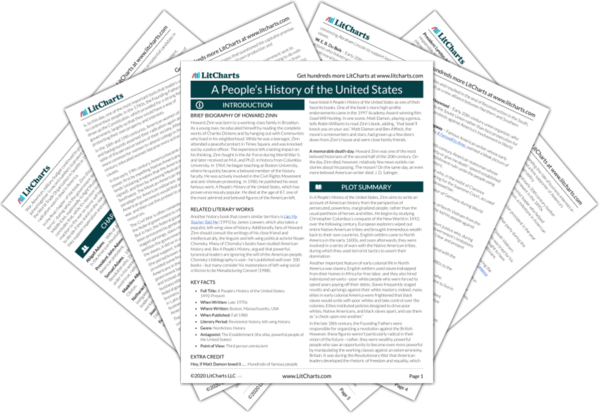War and jingoism couldn't prevent the working-class of the early 20th century from lashing out against their oppressors at home. At this time, the working classes had an important ally: the Muckrakers, journalists who brought the public’s attention to working-class issues. In 1906, published
The Jungle, a shocking novel about the harsh conditions in Chicago meatpacking plants. attacked the corruption of the Standard Oil Company, while criticized the corruption of municipal planning. Partly as a result of these Muckrakers’ efforts, no amount of war could hide the truth: the American way of life wasn’t working.
